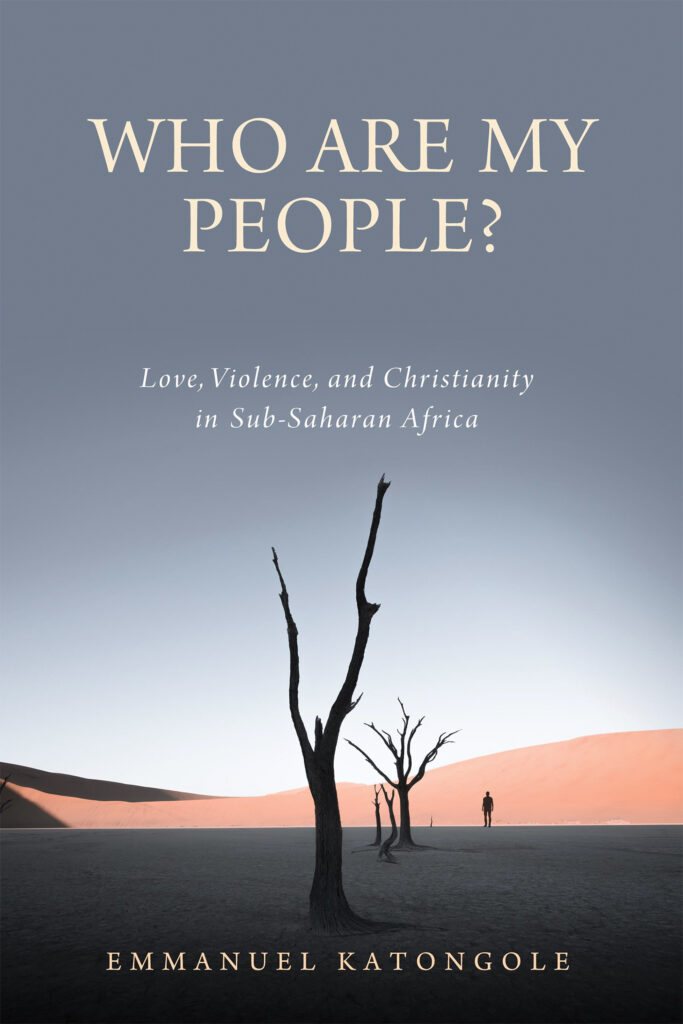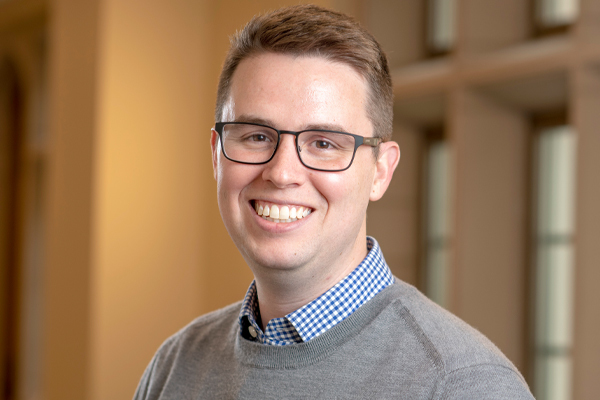 It is tempting to think of telling stories as the opposite of deep philosophical or theological reflection. Stories, after all, deal in the particularities and contingencies of lives, whereas philosophical and theological reflection deal in universals. In Who Are My People: Love, Violence, and Christianity in Sub-Saharan Africa, Emmanuel Katongole claims that “reality is constituted through stories,” which he rightly notes is a metaphysical claim (173). For this reason, we (that is scholars) cannot access peoples’ reality by positing abstract theories about it, but can only do so by listening to the stories they tell about themselves and those around them. We cannot, in other words, act in a top-down manner, explaining the lives of people only with scientific, sociological, or psychological theories. We must plant our feet on the same ground as those we write about if our desire is to truly understand them. This leads Katongole to adopt, borrowing from Sara Lawrence Lightfoot and Jessica Hoffman Davis, a method of analysis called “theological portraiture.” This method, importantly, entails not only “listening to a story, but [also] listening for a story” (Katongole, 7, emphasis in original).
It is tempting to think of telling stories as the opposite of deep philosophical or theological reflection. Stories, after all, deal in the particularities and contingencies of lives, whereas philosophical and theological reflection deal in universals. In Who Are My People: Love, Violence, and Christianity in Sub-Saharan Africa, Emmanuel Katongole claims that “reality is constituted through stories,” which he rightly notes is a metaphysical claim (173). For this reason, we (that is scholars) cannot access peoples’ reality by positing abstract theories about it, but can only do so by listening to the stories they tell about themselves and those around them. We cannot, in other words, act in a top-down manner, explaining the lives of people only with scientific, sociological, or psychological theories. We must plant our feet on the same ground as those we write about if our desire is to truly understand them. This leads Katongole to adopt, borrowing from Sara Lawrence Lightfoot and Jessica Hoffman Davis, a method of analysis called “theological portraiture.” This method, importantly, entails not only “listening to a story, but [also] listening for a story” (Katongole, 7, emphasis in original).
Katongole listens not only to the stories people tell, but listens for the patterns enfolded within them, and the larger tapestry those patterns make up. In doing so, he weaves a story—which is sometimes also autobiographical—about the necessity of Christian love to act as a remedy to the violence in sub-Saharan Africa, a violence which more often than not stems from the earlier violence of European colonialism and modernity. In weaving this story, Katongole does not reject all theory. In the first two chapters of the book, he draws on significant figures in critical research on Africa to demonstrate how racism and colonialism were initiated on the continent by European powers, and how these features remain present even after the era of formal colonialism ended. These theories, however, are used to frame the portraits that Kantongole wants to paint, rather than to act as centerpieces themselves.
Following these opening chapters, Katongole reveals in intimate detail the devastation of violence in sub-Saharan Africa by listening to the stories of others. He recounts narratives from the Rwandan genocide, the political turmoil of the Central African Republic, and the challenges of climate change and ecological violence in Uganda. Katongole finds much to despair about in these contexts where violence has led people to, at times, turn on their own countrymen and countrywomen. Yet, he does not allow himself to be drowned in this despair. Rather, buoyed by the people he encounters who have sought to provide refuge from this violence, he is able to find a message of hope. Katongole’s answer to: Who are my people? is found in overcoming the logic of the national, ethnic, and racial division in favor of a Christian reconfiguration of identity into “God’s new people.” Here the earthly markers of identity are not transcended (in supersessionist fashion). Instead, they are reoriented by love into a “recognizable community, a social body whose unique mission and membership cuts across, not just mystically but concretely and visibly, the boundaries of race, ethnicity, tribe, and nation” (44).
The contributions to the symposium take up Katongole’s book in a variety of ways. Todd Whitmore asks how we should classify the genre of Katongole’s book: Is it an ethnography? A theological treatise? Or a confession? Or some combination of these? And what difference does it make to settle on one (or none) of these? Marie Claire-Klassen likewise explores the genre of the book, focusing especially on its structure in the first half of her response. In the second part of her contribution, Klassen suggests that Katongole’s work would benefit from engagement with feminist and womanist theologians, who draw our attention to the importance of considerations of justice in addition to love. Jason Springs, another contributor to this symposium, is also invested in the concept of justice. Springs places Katongole’s book into conversation with Charles Villa-Vincencio to bring into stronger relief the complementary role of justice in relation to love that is necessary when a society recovers from conflict. Cecelia Lynch, meanwhile, draws on her own experience working in different African contexts to reflect on the history of missionizing work in its countries. She also does so to point to the necessity of prioritizing Indigenous cosmologies and epistemologies when confronting the climate crisis in Africa and around the world.
The final two responses focus on identity. In his contribution, William Orbih reminds us that the people’s stories Kantongole recounts in the book are not the stories of saints, but rather the stories of witnesses to the possibility of a Christianity community that is oriented beyond the signifiers of race, ethnicity, and nationality. In doing so, Orbih shows, Katongole reveals “new frontiers” in Christian theological discourse. Emmanuel Ojeifo likewise explores identity, noting that for Kantongole identity is not a theoretical, but a practical matter, one that orients the everyday lives of Africans. Ojeifo, like Klassen, also wonders what a more robust accounting of gender might have added to Katongole’s book.
Across these responses, the contributors engage religion not as part of the private, inner world of beliefs, but rather as part of the public and political work of social practices and narratives. In doing so, they reveal the folly of the secular bias in political theories which would relegate religion to a secondary role in political life. Katongole’s book reminds us why the segregation of religion in our intellectual, political, and social imaginaries not only fails to grasp the reality of the violent situations in which people find themselves, but also cuts us off from imaginaries that might envision new ways beyond them.

